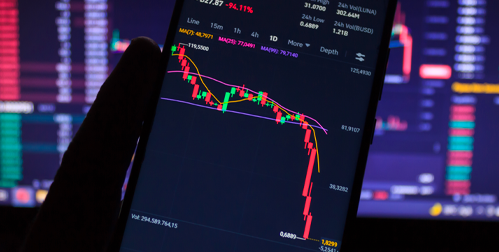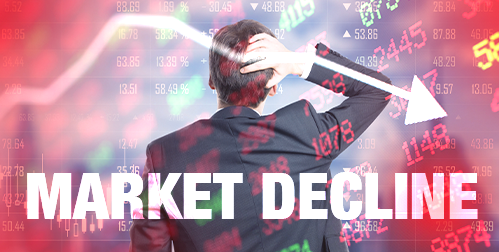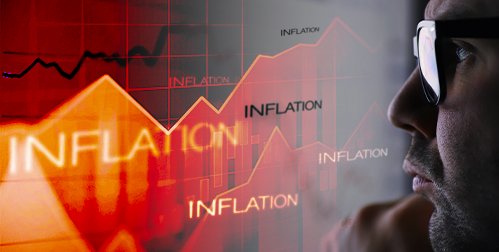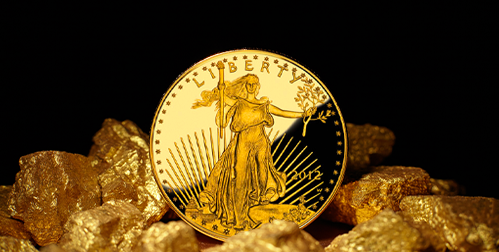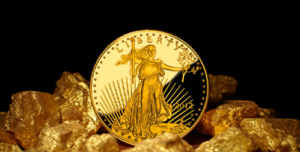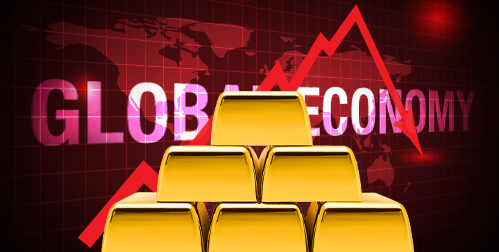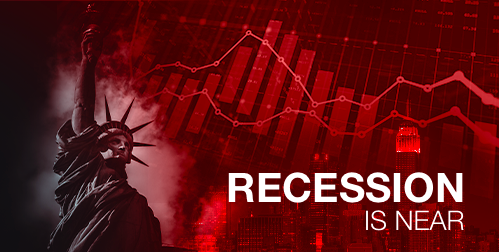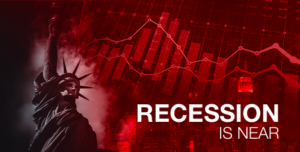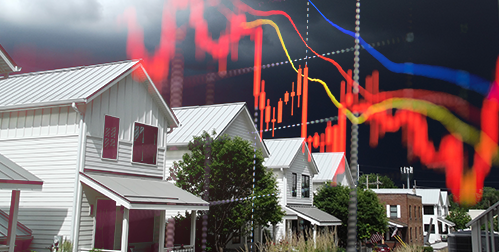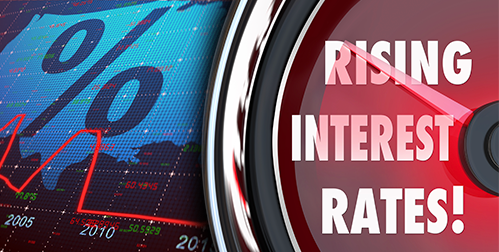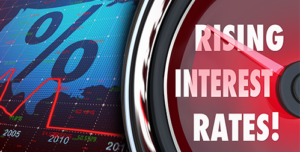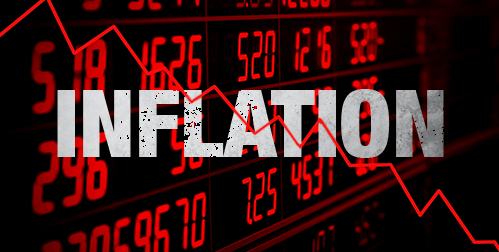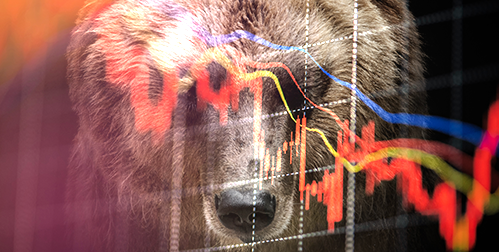- The first six months of 2022 were dismal for the global economy
- This has been the worst start to a year for stocks in more than 50 years
- The second half of the year promises to be worse with soaring inflation, high interest rates, and recession
A Terrible First Six Months
The good news is that a miserable first half of the year is over. The bad news is that the second half looks like it’s going to be even worse.
A long list of economic crises is battering the economy. Uncertainty is at unprecedented levels. The Ukraine war persists. Covid 19 is wreaking havoc in China. Global supply chains are still snarled. Inflation is at an unrelenting 40 year high. Central banks are tightening monetary policy. Recession fears are growing. As the economy teeters, markets have tanked. The first half of 2022 was historically dismal for global stock markets. Analysts think the future isn’t any brighter.
This has been the worst start to a year for stocks in more than half a century. The NASDAQ has fallen by 30%. The S&P 500 closed out its largest first half decline since 1970. It is down over 20%. Both indexes are in bear territory. The Dow Jones Industrial Average is down over 15%. Bonds have had a terrible 6 months as well. This is a worrying sign since they are so closely tied to economic health. Whipsawing stock prices reflect how nervous investors have become. 1
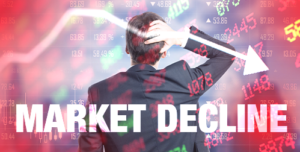
The Next Six Months Don’t Look Better
Deutsche Bank economists say it is “plausible” for the stock market to fall 35 to 40 percent from its January peak. This means that the current decline is only about halfway finished. Morgan Stanley also said there could be more downside ahead. According to them, a recession could send the S&P 500 more than 20% lower to 3,000 this year. In addition, Morgan Stanley points to falling bond yields as another indicator of an incoming recession. 2
It all began with a revelation from a Fed meeting on January 5. Data showed that Inflation was rising quickly. It posed a major risk to the economy. Interest rates would have to rise sooner than planned. And just like that, the era of red-hot stock prices fueled by cheap money ended. Aggressive interest rates to curb inflation dramatically altered the economic landscape.
The Federal Reserve’s determination to tame inflation by raising interest rates is a major factor in the current market turmoil. Jerome H. Powell, the Fed chair, said on Wednesday that the central bank’s efforts to fight inflation were “highly likely to involve some pain.”3
HSBC’s global chief strategist says the days of low inflation and low interest rates are behind us. He forecasts a future with persistent high inflation, increased interest rates and more volatile economic cycles. HSBC believes additional new reasons will fuel inflation. Deglobalization, climate policy and a commodity super cycle will push prices up across major economies. The bank believes we might be at peak inflation, but it won’t start declining until the end of the year. They advised that clients “will need to think harder about diversification and portfolio resilience.”4
The Schwab Center for Financial Research stated that stocks are going to feel strong downward pressure. The pressure is going to come from the Fed’s tighter monetary policy, reduced liquidity, and slow economic growth. They advise that investors should prepare for more volatility. Companies will be reporting earnings in the next few weeks. Weak earnings and profit margins could prompt yet another market downturn. They emphasize the importance of diversifying with low-risk assets. Gold has traditionally been such a safe haven asset.5
The risk of recession is rising. A lot would have to go right for there to be a second half of the year market rally. Inflation would need to be under control. A recession would have to be avoided. The Ukraine war would have to reach a resolution. And company earnings would have to stay afloat. Achieving any one of them is a tall order. All four would be nothing short of miraculous. Barring any miracles, major money managers are advising to hedge against risk with safe haven assets. The Gold IRA from American Hartford Gold is designed to preserve wealth during economic downturns. Contact them today to learn more.
